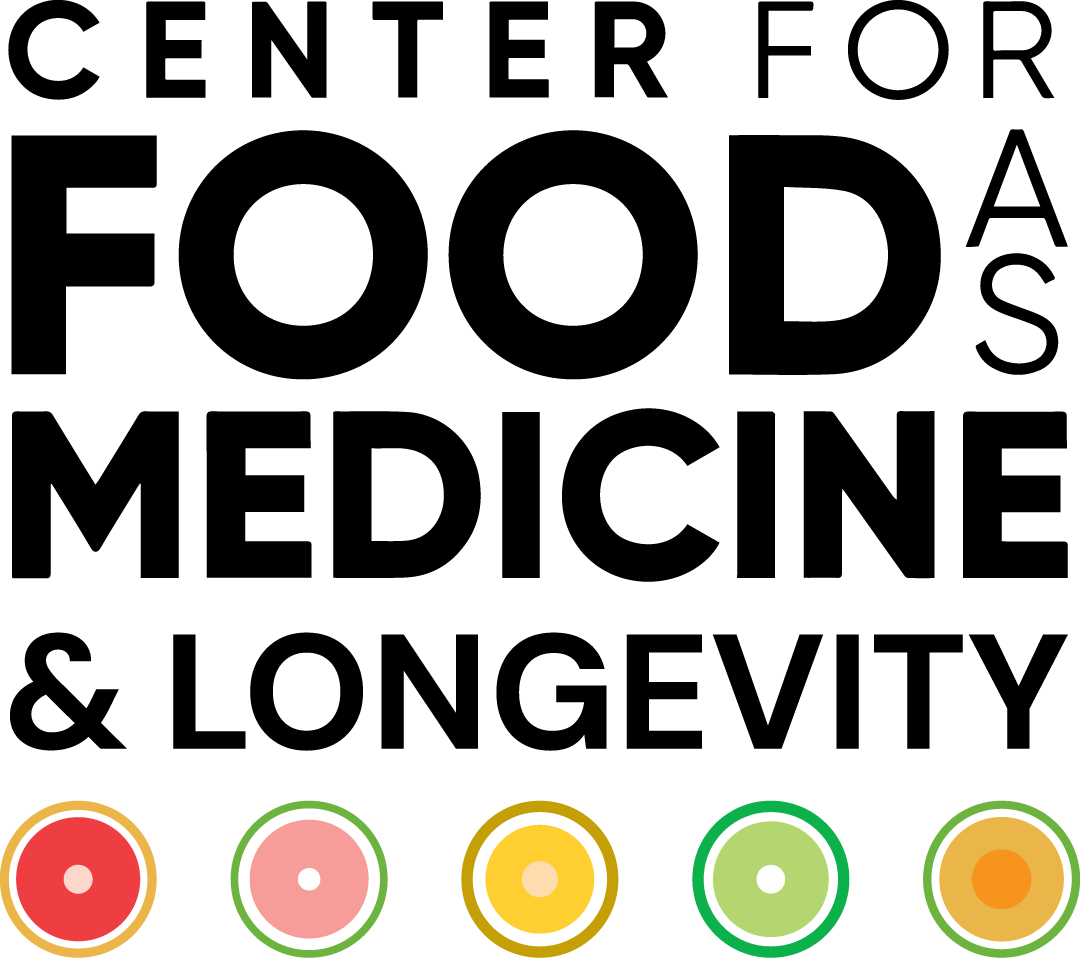Study Spotlight Take-Away With Chef Dr. Mike:
“In my opinion, it has never been proven that food even has calories. When I bite into a hamburger, I see pickle and ketchup and bun and meat, but if there’s a calorie in there, it must be hidden.”
―W. Bruce Cameron
Despite its origin as a way to calculate the efficiency of steam engines during the Industrial Revolution, the caloric value of food continues to be conflated with its health value, as if a calorie from a Snickers bar has the equivalent health value as a calorie from an apple. Richard D Feinman and Eugene Fine eloquently addressed the idea that “a calorie is a calorie” over two decades ago.
The idea that a calorie is a calorie has its origins in the realm of thermodynamic bookkeeping. As such, it is subject to the Laws of Thermodynamics, which is not just a collection of good ideas; it’s The Law. The First Law of Thermodynamics says energy can’t be created or destroyed. However, the first law does not specify that every calorie will end up doing the same “useful work” in your body.
As everyone in medicine knows, science is lovely and often neat, but real people are messy and complicated. A calorie is calculated by incinerating an object to ash in a bomb calorimeter and measuring how much heat it produces. A calorie is the measure of the heat required to raise 1 kg of water 1°C at 1 atm pressure. When you eat and your body breaks down macronutrients like fat, carbs, and protein, it doesn’t convert all of that potential energy into usable energy or storage. Some of it is “wasted” as heat, and some is used in other processes. That’s The Second Law of Thermodynamics in action, nothing in life is 100% efficient or free.
Because the constituents found in the foods we eat are processed differently in your body, they go through various and different biochemical pathways, resulting in different amounts of “waste” or inefficiency. So, two diets with the exact calorie count but different macronutrient ratios give different net usable energy after accounting for those losses.
Since the pathways differ depending on what you eat, as research has shown, then two isocaloric (same-calorie) diets lead to different weight outcomes. In fact, Feinman and Fine suggest that rigidly viewing that “a calorie is a calorie” regardless of its origin actually violates The Second Law of Thermodynamics.
So simply equating the health value of the food based on its caloric content is fundamentally flawed. If we follow that path, it ultimately leads us to the idea that zero-calorie foods, like diet drinks, are inherently healthier than drinks that contain more calories, regardless of their ingredients. This perspective has become so popularized and promoted that it is often considered the conventional wisdom.
This week’s Study Spotlight focuses on a recent abstract/presentation that adds to the body of literature refuting this position.
- In this prospective cohort study of 103,251 UK Biobank participants free of baseline liver disease, the researchers investigated the associations between Sugar Sweetened Beverages (SSBs) and Low and Non-Sugar Sweetened Beverages (LNSSBs) intake and the risk of incident Metabolic dysfunction-Associated Steatotic Liver Disease (MASLD-formally known as non-alcoholic fatty liver disease (NAFLD)) and liver-related mortality.
- Beverage consumption was assessed through multiple 24-hour dietary questionnaires.
- The primary outcome was incident MASLD, and secondary outcomes included liver-related mortality and liver fat content measured by MRI-derived proton density fat fraction.
- Over a median 10.3-year follow-up, 949 participants developed MASLD, and 103 died from liver-related causes.
- Higher intake of LNSSBs (>330 g/day) and SSBs (>330 g/day) were associated with elevated MASLD risk.
- LNSSBs increased the risk by 57% and SSBs increased the risk by 50%.
- LNSSBs also increased liver-related mortality risk in a dose-dependent manner, while no significant association was observed for SSBs.
The Caveat:
MASLD is increasingly recognized as a critical component of multi-system metabolic dysfunction and has emerged as a significant global health issue. MASLD is a condition where fat accumulates in the liver, which can result in inflammation (hepatitis) and progressive liver damage. It is the most common liver disease worldwide and a global challenge, as it is estimated that this condition affects over 30% of people worldwide and is a rapidly increasing cause of liver-related deaths.
A growing body of evidence suggests that intake of sugar and its substitutes is linked to cardiometabolic and kidney diseases. While both sugar-sweetened beverages (SSBs) and low- or non-sugar-sweetened beverages (LNSSBs) are widely consumed, there often remains a perception that lower non-sugar-sweetened beverages (LNSSBs) are “healthier” than their sugar-containing counterparts because they deliver no usable calories.
This study shows that significant consumption of either SSBs or LNSSBs is significantly associated with an increased risk of MASLD, with LNSSBs additionally linked to a higher risk of liver-related mortality. The study also showed, unsurprisingly, that substituting water for either SSBs or LNSSBs delivered significant health benefits.
Lead author of the study, Lihe Liu, observed that, “Our study shows that LNSSBs were actually linked to a higher risk of MASLD, even at modest intake levels such as a single can per day. These findings challenge the common perception that these drinks are harmless and highlight the need to reconsider their role in diet and liver health, especially as MASLD emerges as a global health concern….The safest approach is to limit both sugar-sweetened and artificially sweetened drinks. Water remains the best choice as it removes the metabolic burden and prevents fat accumulation in the liver, whilst hydrating the body.”
Additional references:
Feinman, R.D., & Fine, E.J. (2004). “A calorie is a calorie” violates the second law of thermodynamics. Nutrition Journal, 3, 9 – 9.

